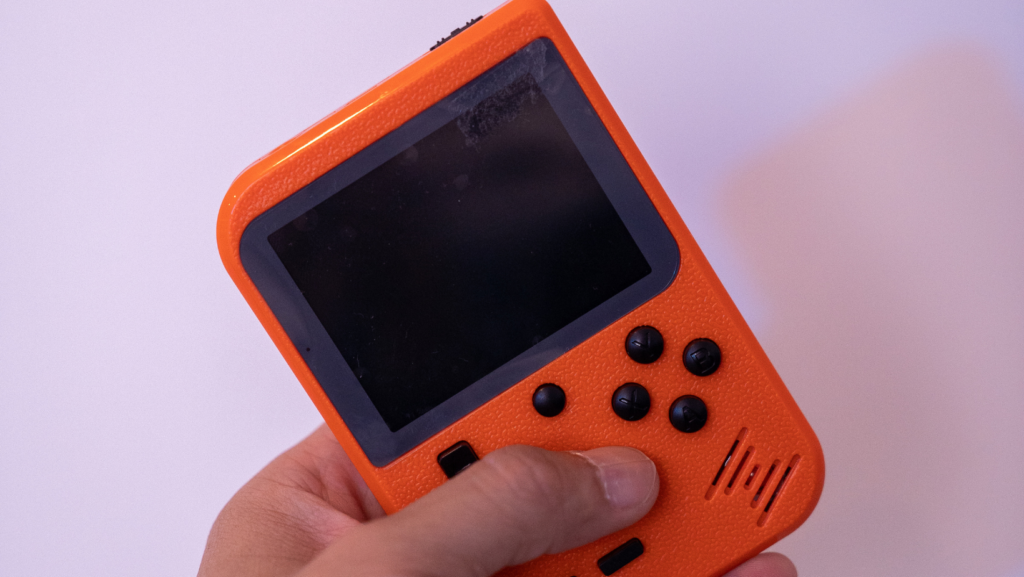In the ever-evolving world of gaming, few names resonate as powerfully as Nintendo. This iconic brand has been a cornerstone of the video game industry, captivating players with its innovative consoles and unforgettable games. Classic Nintendo consoles have left an indelible mark on gaming history, offering not just entertainment but also a sense of nostalgia for millions worldwide.
From the groundbreaking NES to the beloved Super Nintendo, these consoles introduced players to immersive worlds and legendary characters. They laid the foundation for many gaming franchises that are still cherished today. Nintendo’s ability to blend creativity with cutting-edge technology has consistently set it apart, making its classic consoles a topic of endless fascination.
As gamers reminisce about pixelated adventures and 8-bit soundtracks, it’s clear that these classic nintendo consoles are more than just relics of the past. They represent a golden era of gaming that continues to influence and inspire the industry today.
Classic Nintendo Consoles

Classic Nintendo consoles reshaped gaming culture. The NES, released in 1985, transformed home entertainment, selling over 61 million units globally. Its successor, the Super Nintendo, introduced advanced graphics and sound, setting new standards in the industry.
Key franchises originated on these platforms. The “Super Mario” series, first launched on the NES, remains a beloved global icon. Similarly, “The Legend of Zelda” began its journey on these consoles, evolving into one of the industry’s most influential franchises.
Innovative design choices set these consoles apart. The NES introduced a D-pad-controlled controller, enhancing gameplay precision. The Super Nintendo’s advanced controller incorporated additional buttons, enabling more complex gaming mechanics.
The NES: A Game-Changer
The NES, launched in 1985, revolutionized the gaming industry by reinvigorating the home console market. This system captivated millions, laying the foundation for Nintendo’s legendary status.
Iconic Games And Features
The NES offered iconic games like “Super Mario Bros.” and “The Legend of Zelda,” which became benchmarks in game design. These titles introduced compelling narratives, innovative gameplay mechanics, and memorable characters. The NES’s D-pad controller enhanced user interaction, allowing precise control. Its colorful graphics and catchy soundtracks added to the immersive experience, setting new standards in home gaming.
Impact On Gaming Industry
The NES transformed the gaming industry by re-establishing consumer trust after the early 1980s video game crash. It pioneered robust quality control measures, ensuring consistent game standards with its official seal of quality. Developers crafted games exclusively for it, creating a lucrative ecosystem. By selling over 61 million units worldwide, the NES proved the viability of interactive entertainment in households, influencing future console designs and marketing strategies.
The Super Nintendo: Taking It To The Next Level

The Super Nintendo Entertainment System (SNES), released in 1990, brought superior graphics and sound capabilities to the gaming landscape, enhancing the immersive experience for players worldwide.
Technological Advancements
The SNES introduced the Mode 7 graphics system, allowing developers to create impressive scaling and rotating effects in games. Its 16-bit processor offered higher resolution graphics and sound channels, supporting more complex music and richer audio effects. These advancements permitted seamless sprite animations and background intricacies, setting new benchmarks for home gaming consoles.
Popular Game Titles
The SNES became home to legendary titles that captivated audiences and established enduring franchises. “The Legend of Zelda: A Link to the Past,” lauded for its intricate puzzles and expansive world, redefined action-adventure genre expectations. “Super Mario World” brought vibrant visuals and innovative gameplay mechanics, introducing Yoshi as a beloved character.
Nintendo 64: A New Dimension Of Gaming

The Nintendo 64, launched in 1996, redefined the gaming landscape with its groundbreaking 3D graphics and engaging multiplayer experiences. This console marked a pivotal shift in game design and player interaction.
The Nintendo 64 introduced gamers to true 3D graphics, transforming visual storytelling. Its 64-bit processing power allowed for detailed environments and dynamic character models. Iconic titles like “Super Mario 64” leveraged these capabilities, offering vast worlds and fluid animation.
Memorable Multiplayer Experiences
Multiplayer gaming reached new heights with the Nintendo 64. It featured four controller ports, encouraging local multiplayer gameplay. Titles like “Mario Kart 64” and “GoldenEye 007” became synonymous with competitive and cooperative play, defining social gaming.

